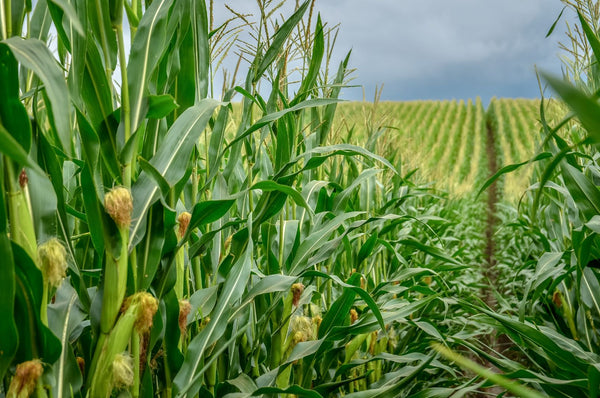Corn Pest & Disease Protection
Insects
Organic Controls
Garden Insect Spray
Corn Leaf Aphids, Corn Earworm, Stinkbugs
Take Down Garden Spray
Corn Leaf Aphids, Flea Beetle, Stink bugs, Flea Beetle, Corn Borer
Bug Buster O
Corn Leaf Aphids, Flea Beetle, Whiteflies, Corn Ear Worm
Horticultural Oil
Corn Leaf Aphid, Stinkbugs, Flea Beetle
Diatomaceous Earth
Cutworms
Non-Organic Controls
Bug Buster ll
Corn leaf Aphids, Fall Army Worms, Stinkbugs, Flea Beetle, Corn Earworm, Corn Borer, Cutworms
Treat as needed using label instructions.
Common Diseases
Organic Controls
Complete Disease Control
common rust, grey leaf spot, blight
Non-Organic Controls
Fungi Max
Common rust, grey leaf spot, blight
Treat as needed using label instructions.























































